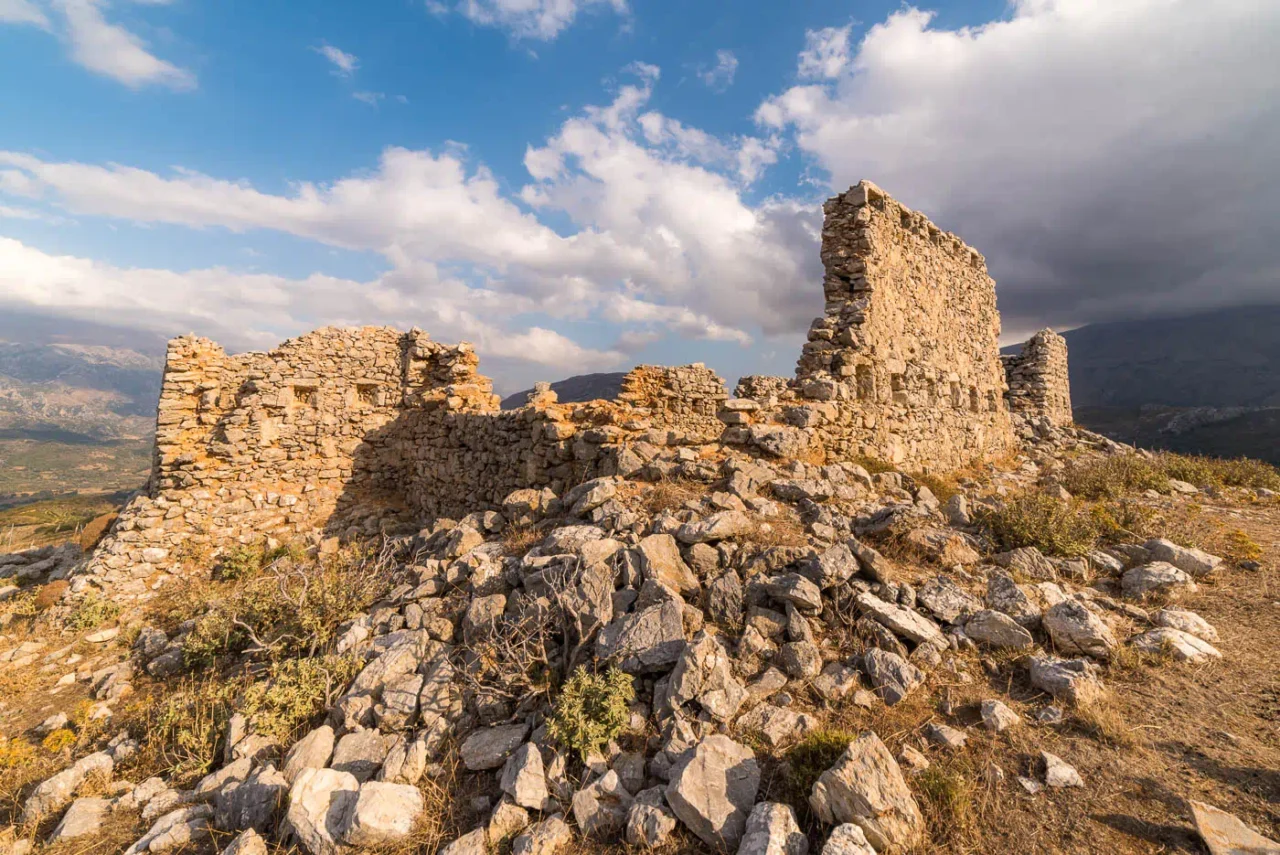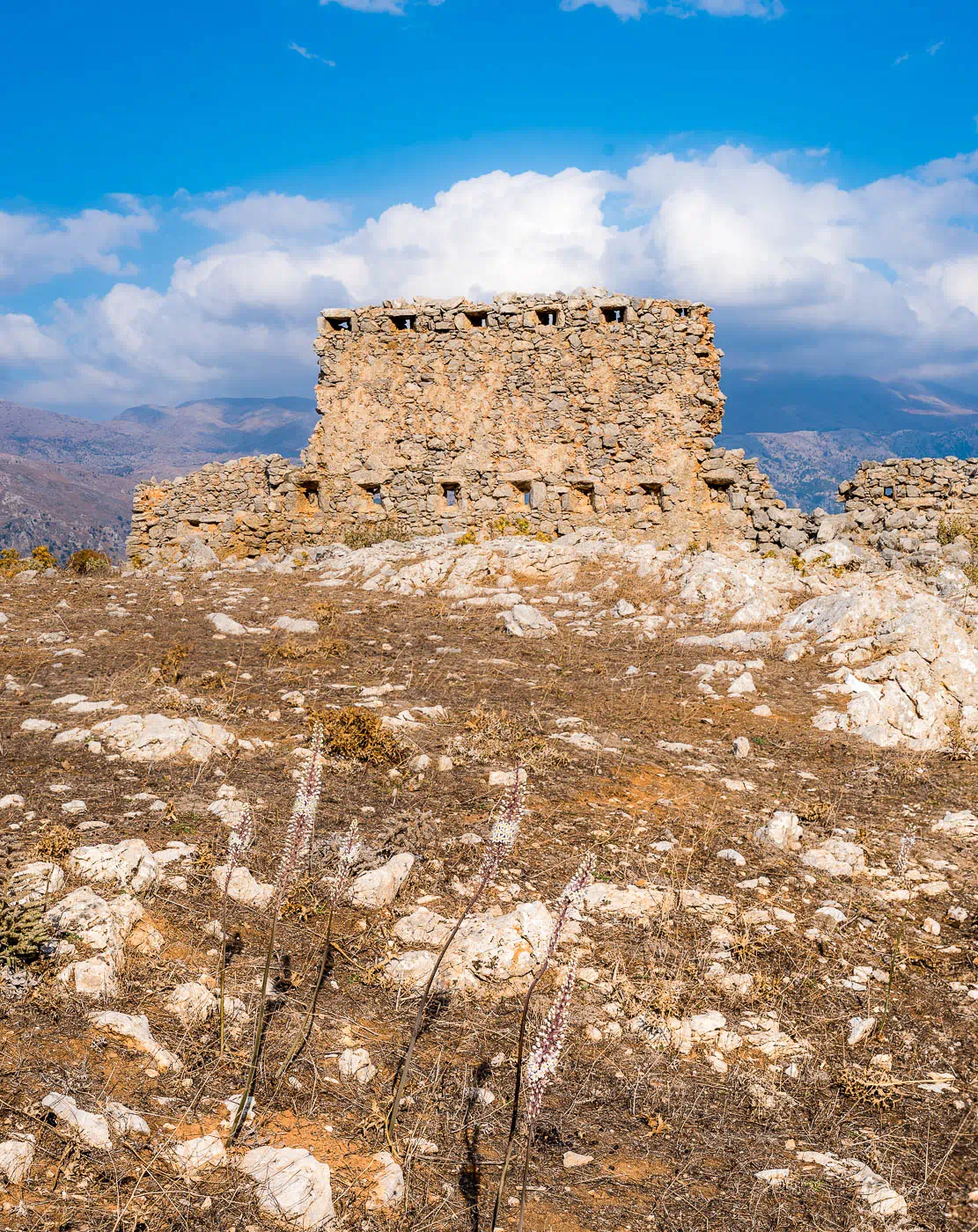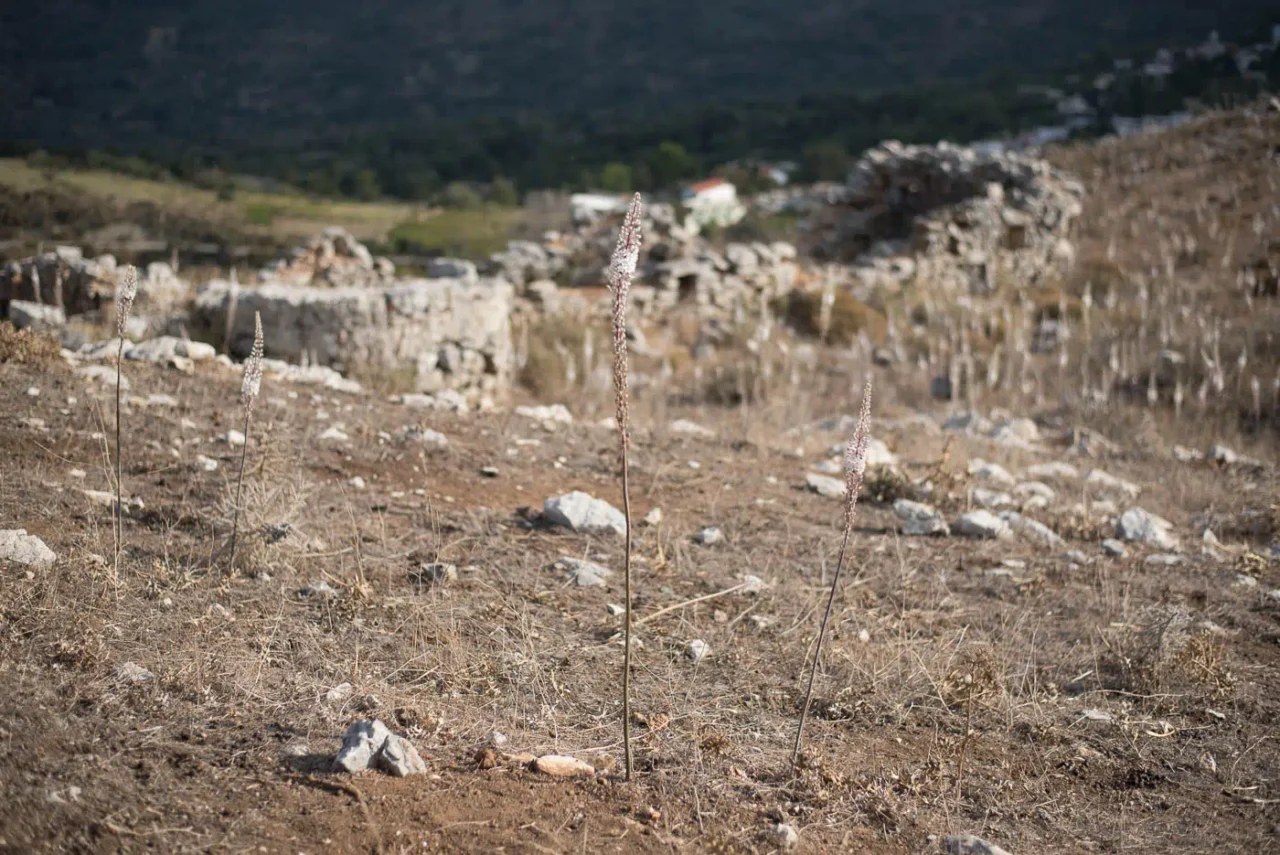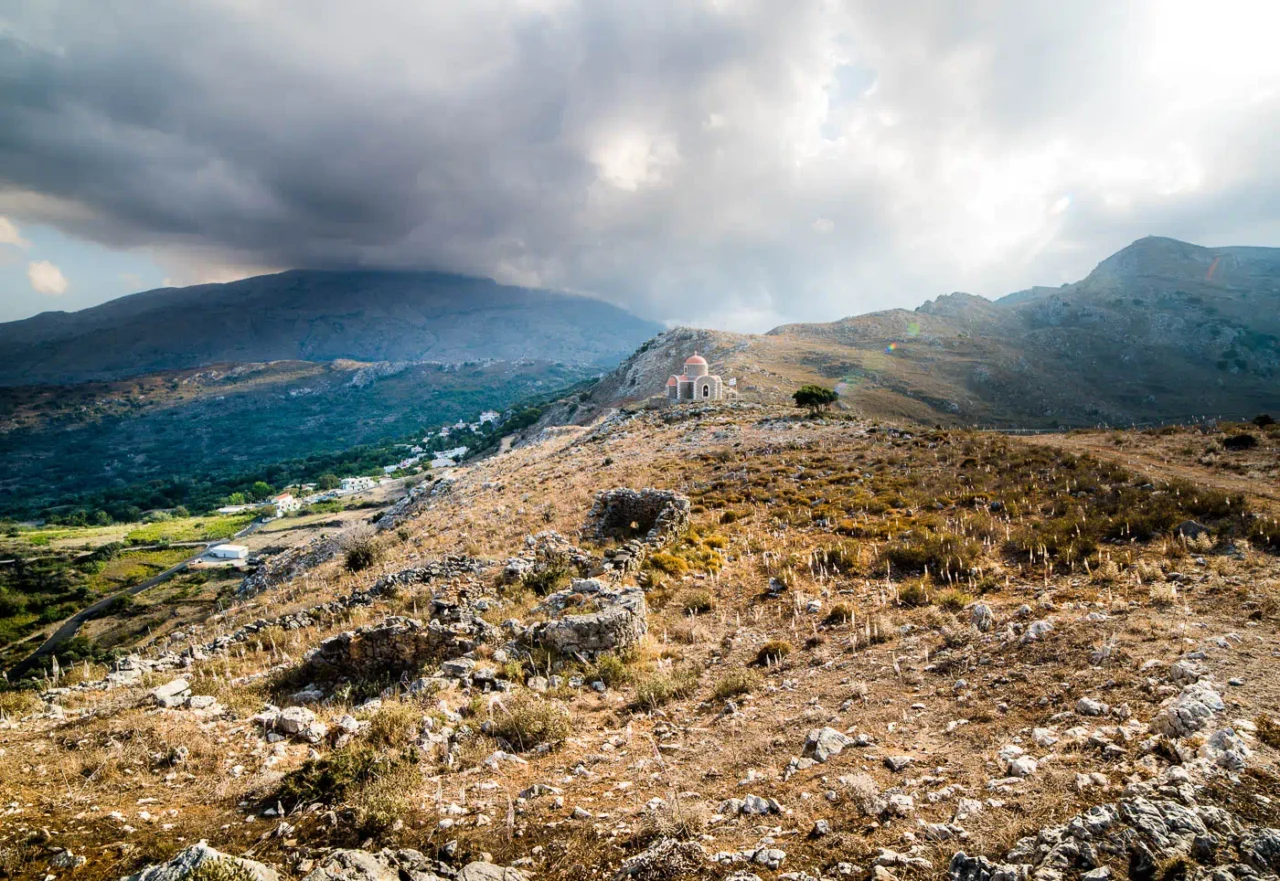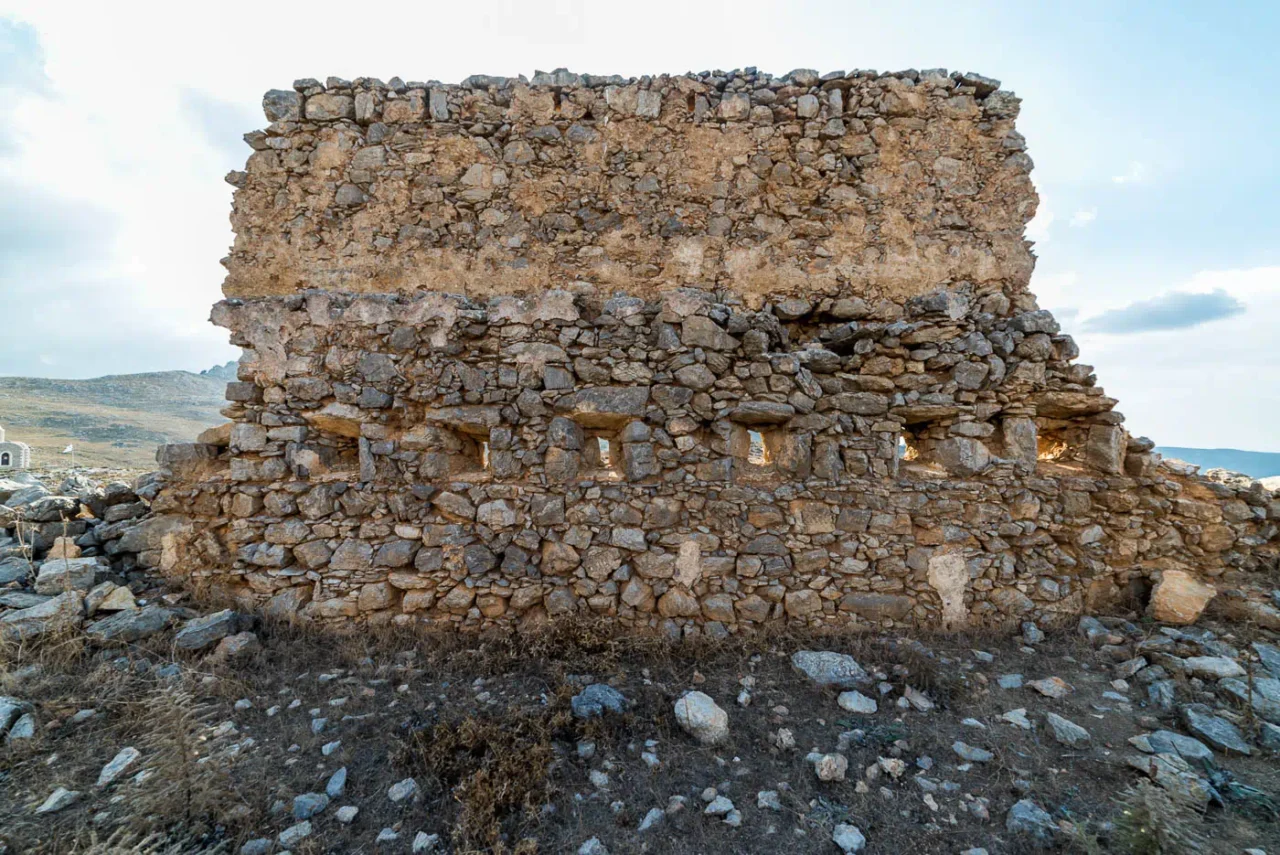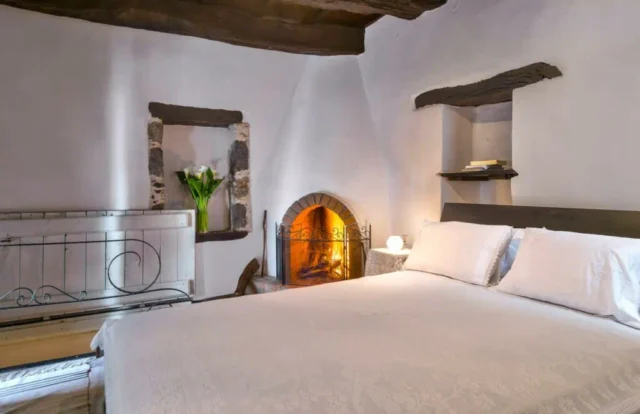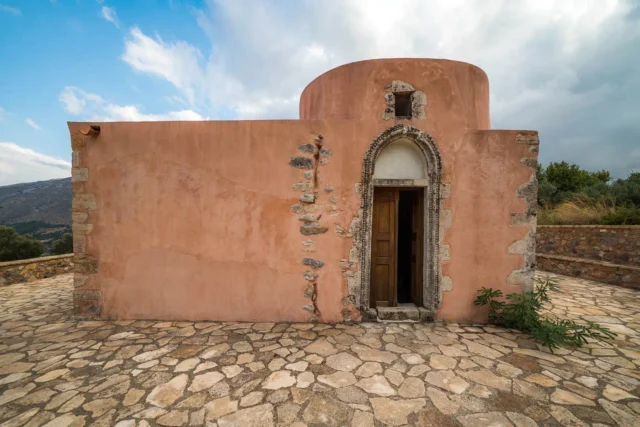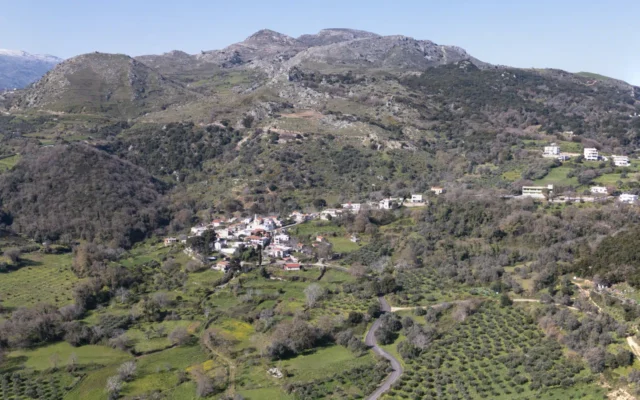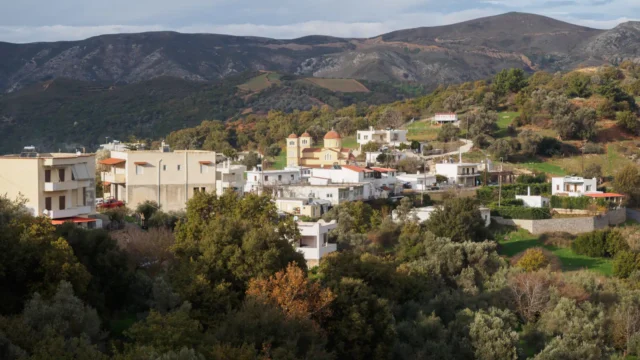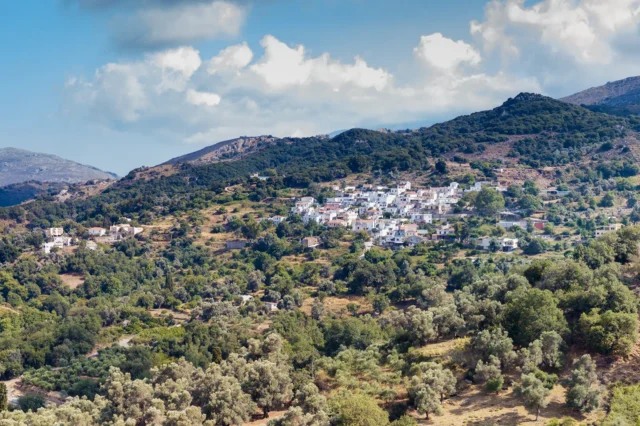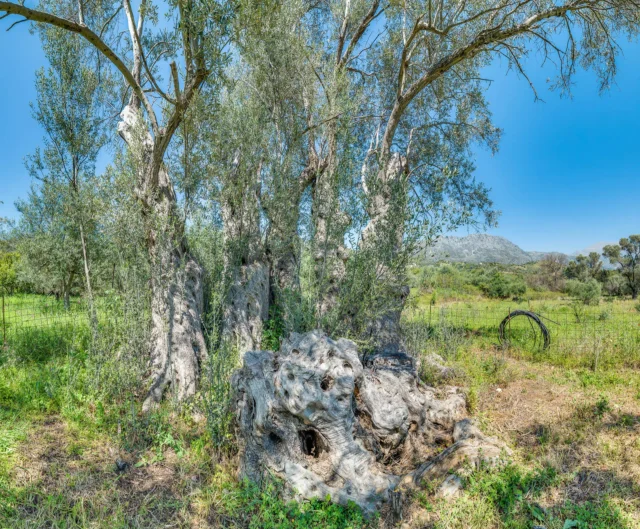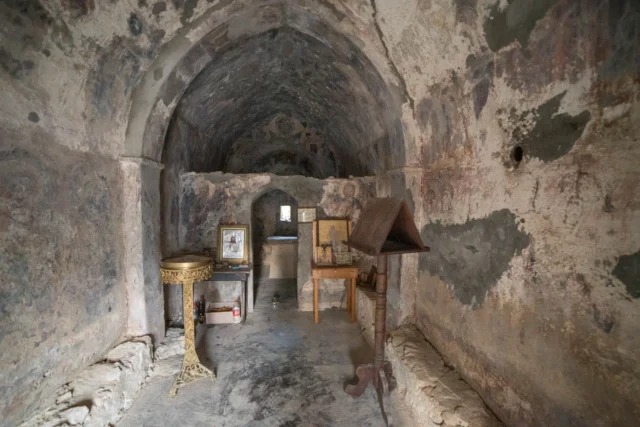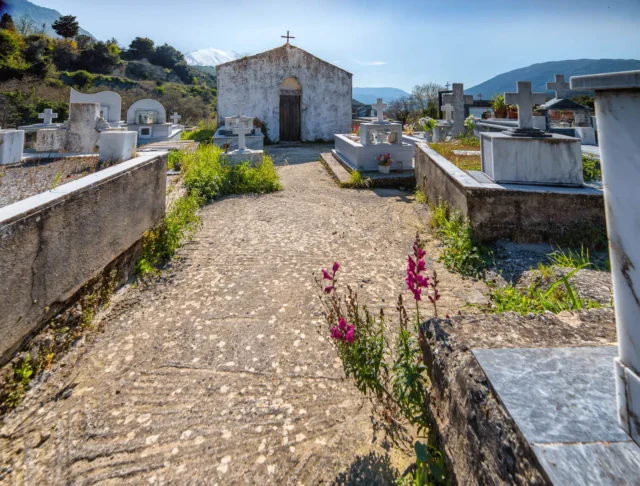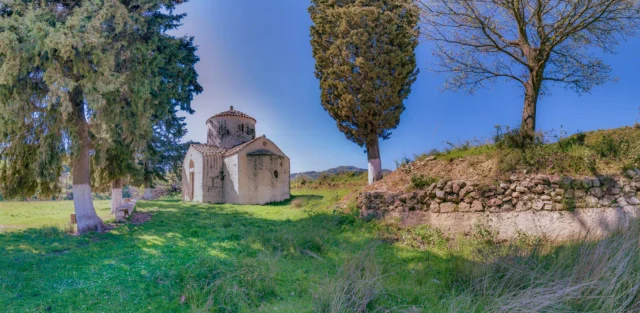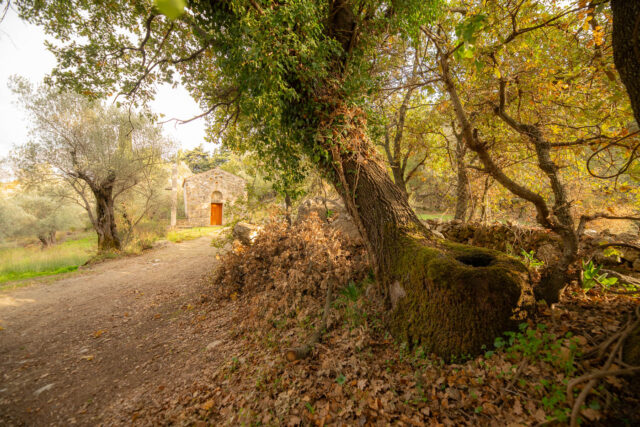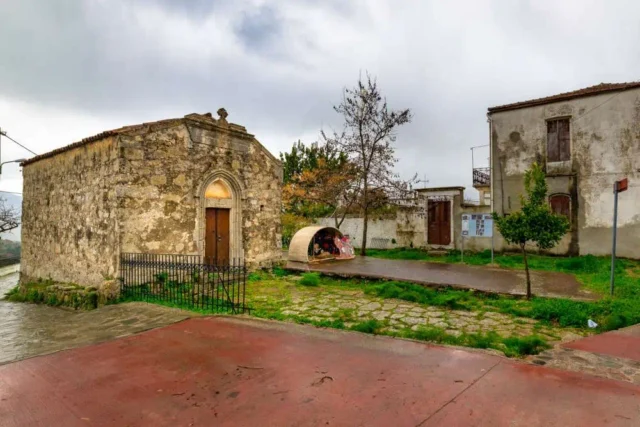The Koules of Meronas, also known as the Koules of Apostoli, was a significant fortification built by the Ottomans during their occupation of Crete in the 19th century. It was part of a larger network of defensive structures known as Koules, strategically placed throughout the island to control and suppress the Cretan uprisings.
Strategic Location
The Koules of Meronas was constructed at the entrance of the Amari Valley and the exit of the Potamon Valley, a location of great strategic importance. This location allowed the Ottomans to monitor and control the movement of people and goods between the two valleys, thus hindering communication and collaboration among the Cretan rebels.
Architectural Features
The Koules of Meronas was a relatively large structure, consisting of two buildings reinforced with bastions. Its size and architectural features suggest that it was a central Koules (Kisla), serving as a headquarters for the Ottoman military in the area. Despite not being in perfect condition, substantial portions of its walls still stand, providing valuable insights into its original form and construction techniques.
Historical Significance
The Koules of Meronas played a crucial role in the Ottoman efforts to quell the Cretan Revolution of 1866-1869. It served as a base for military operations, surveillance, and communication, enabling the Ottomans to maintain control over the region. The Koules stands as a testament to the turbulent history of Crete and the struggle for independence.
Fortifications: Key Points
- Construction Period: 1866-1869
- Location: Entrance of Amari Valley, exit of Potamon Valley, Crete
- Dimensions: Relatively large, consisting of two buildings with bastions
- Historical Significance: Central Koules (Kisla) used to control the region during the Cretan Revolution of 1866-1869.
- Current Status: Partially ruined, but significant portions of the walls remain standing.


